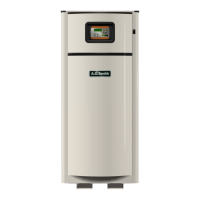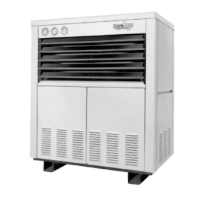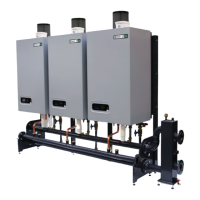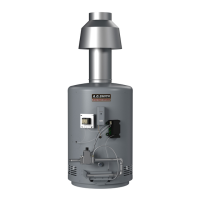Variable Fire Boiler
Domestic Hot Water/Hydronic Heating
VF Boiler
M O D E L S C O V E R E D
VW and VB 500, 750, and 1000 Models
Series 100 and 101
Part No. TC-099
Service Handbook
Part No. TC-099 • Printed in the U.S.A. • 0407
©2007 A. O. Smith Corporation
COMMERCIAL
Visit the “Information Central” link of
www.hotwater.com for a listing of
available Service Handbooks.
For additional information contact:
A. O. Smith Water Products Company
A Division of A. O. Smith Corporation
500 Tennessee Waltz Parkway
Ashland City, TN 37015
1-800-527-1953
www.hotwater.com






